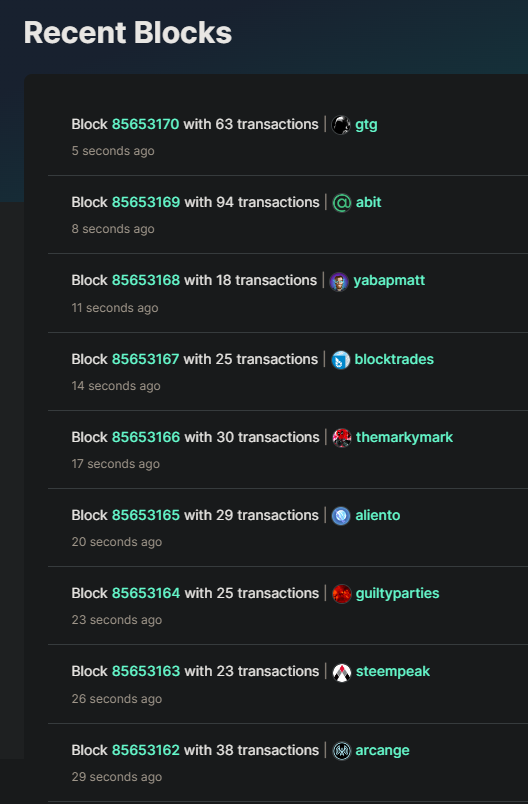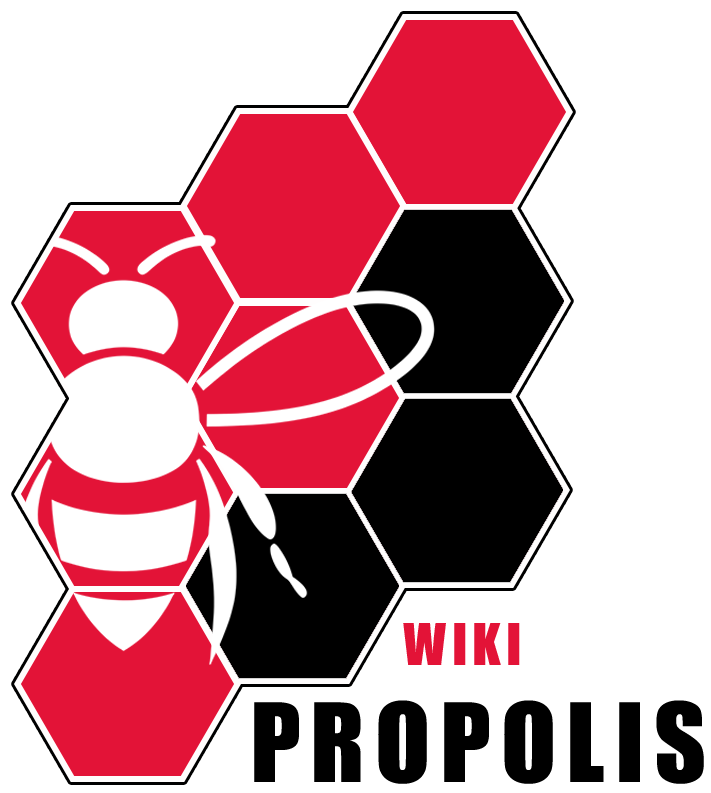Blockchain
A blockchain is a distributed database that maintains a growing list of individual records, called blocks [1]. These blocks are linked using cryptographic algorithms. Each block contains a cryptographic hash of the previous block (in order to create an immutable linkage between the blocks), a timestamp, and transaction data. A blockchain is a decentralized, public digital ledger that is used to record transactions. Due to the distribution (mirroring) across many computers, the newly entered records cannot be altered retroactively without the alteration of all subsequent blocks and the consensus of the network.
There are different ways to achieve consensus[2] within the network, e.g. Proof of Work (PoW), Proof of Stake (PoS), [Delegated Proof of Stake (DPoS)](https://hive.blog/@propolis.eng/Delegated-Proof-of-Stake (DPoS)), and several others. [[Hive]] is using DPoS.
Visualization of the Bitcoin blockchain: Above the blocks the block number is stated and below who has mined it (which "mining pool"), on the right side are the next expected blocks listed.

src: https://mempool.space/
Example of a list of recent blocks of the [[Hive]] blockchain.

scr: https://hivehub.dev/blocks
As one can see, the block time can vary largely between different blockchains, from app. 10 minutes in case of Bitcoin to e.g. 3 seconds with Hive.
## References
1. ↑ https://www.synopsys.com/glossary/what-is-blockchain.html
2. ↑ https://crypto.com/university/consensus-mechanisms-explained
## Related Articles
[[Hive]]
Contents
